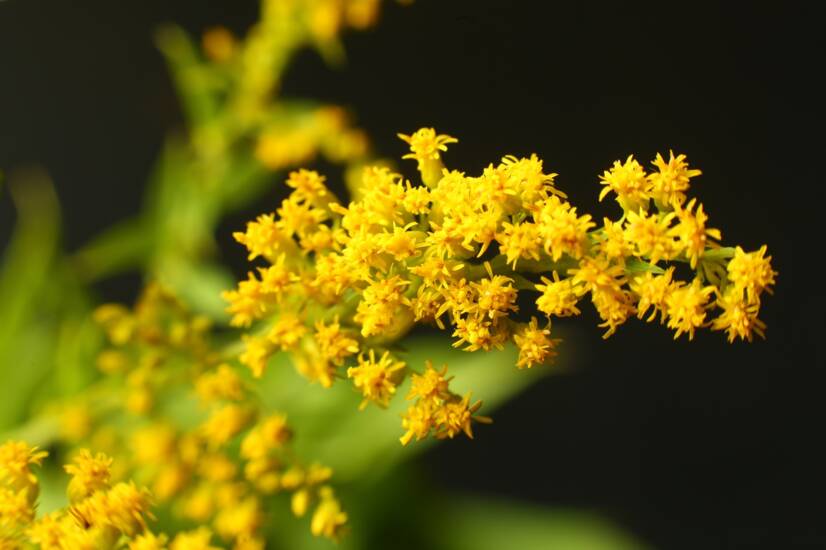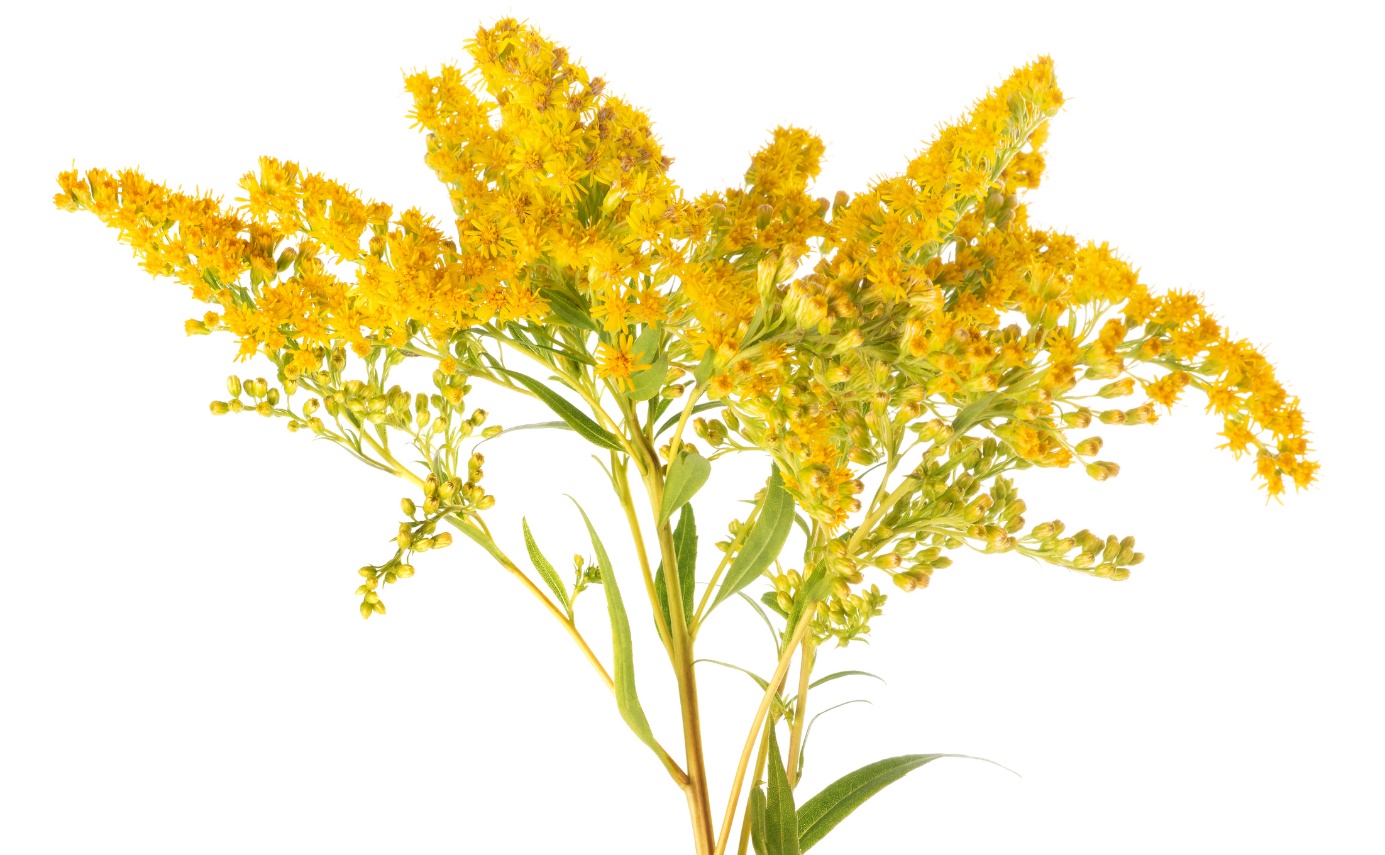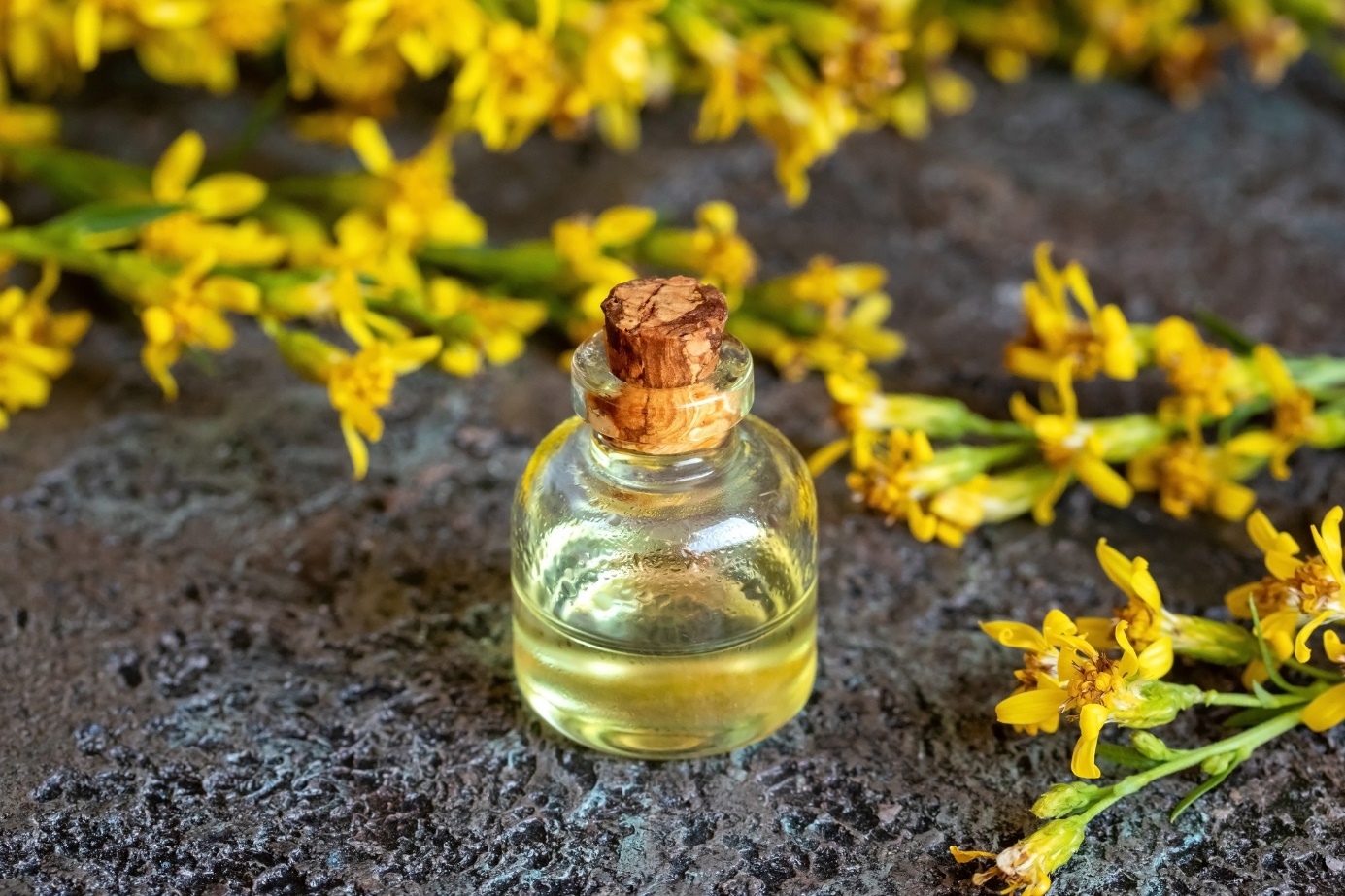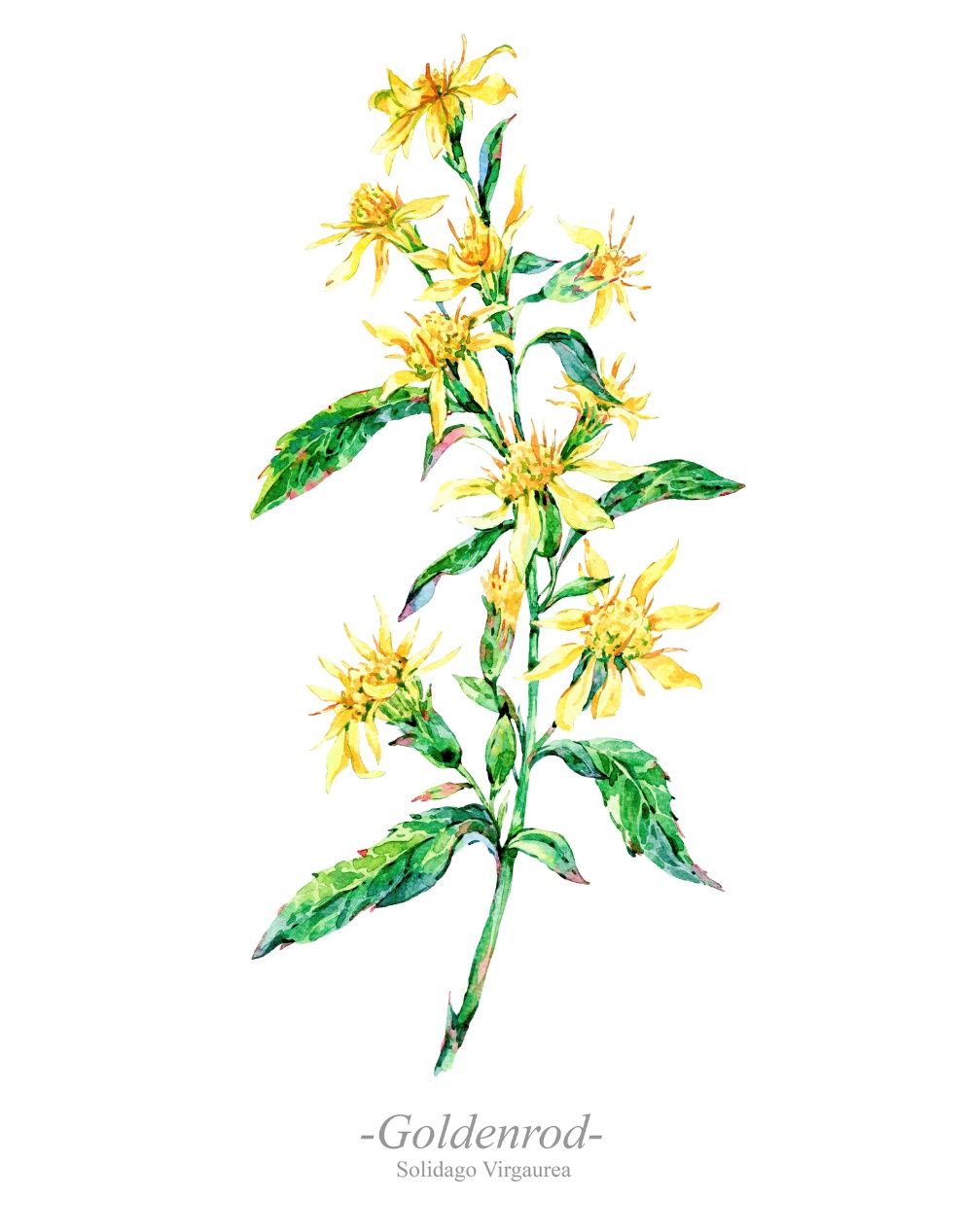- Health from God's Pharmacy - Maria Treben
- 500 Best Folk Medicine Recipes - Dionýz Dugas
- webmd.com - Does goldenrod have health benefits?
- verywellhealth.com - What is goldenrod?
- researchgate.net - Evaluating the antidiabetic activity of Solidago virgaurea extracts in vitro and in vivo
- pubmed.ncbi.nlm.nih.gov - Solidago virgaurea L.: A review of its ethnomedicinal uses, phytochemistry and pharmacological activities
Goldenseal: What are its desirable and undesirable effects and importance?

Goldenrod is a medicinal plant. Its main use is in kidney disease.
Characteristics
Goldenrod is a plant with effects on the human body. It is mainly used in kidney disease. Information about its effects and side effects can be found in the article.
History
The plant has a long history in folk medicine.
700 years ago it was used in the treatment of bladder inflammation, nephrolithiasis or as an anti-inflammatory.
The name comes from the Latin virga aurea - golden rod.
The name solidago means "to make whole".
Goldenrod - Solidago virgaurea.
The Swiss natural healer and parish priest Kunzle used this plant in the treatment of a patient with suppurative kidney disease. The treatment was successful.
According to most herbalists, goldenseal was used for diseases of the kidneys, bladder and prostate, also associated with suppuration or bleeding.
It was discovered by the ancient Germans, especially for its diuretic properties. Its flower was also used in the production of dyes.
General information
The goldenrod (Solidago virgaurea) is a medicinal plant belonging to the star family. It grows on the edges of forests, in ditches, on hillsides or in clearings and fields. The plant measures 80 cm to 1 m.
The Canadian goldenrod(Solidago canadensis) has similar characteristics, but we prefer the common goldenrod.
Most of the species are native to North America. It has spread all over the world.
It is mainly used in diseases of the urogenital tract. It is also effective in intestinal diseases, such as bleeding.
Effects:
- Diuretic (drainage)
- Anti-inflammatory (anti-inflammatory effects)
- Antifugal (antifungal effect)
- Antioxidant (scavenges free radicals)
- Antimutagenic (cancer prevention)
Due to its diuretic effects, the plant and its extract are also useful in the treatment of high blood pressure.
The effects of the plant have been found mainly in animal studies. Studies in humans are inconclusive and few. The treatment of kidney stones with extracts of the goldenrod plant has not been sufficiently investigated in humans.
It is used in:
- Kidney, bladder and prostate diseases (including overactive bladder)
- Elevated blood pressure (arterial hypertension)
- Rheumatic diseases
- Obesity
- Diabetes mellitus
- Pain
- Bacterial and mycotic (fungal) infections
- Injuries
- DNA diseases
- Hemorrhoids
The plant contains saponins and flavonoids. Saponins have an antifungal effect. Flavonoids have an anti-inflammatory (antifungal) and antioxidant effect.
The antioxidant effect ensures the breakdown of free radicals that attack cells and can lead to cancer.
The plant has been found to improve the excretion of uric acid from the body and is thus useful in the treatment of gout.
Side effects
The plant and its preparations are generally well tolerated.
Allergic or gastrointestinal (digestive) problems have been described. A feeling of vomiting and abdominal pain have occurred.
In pregnant and lactating women, ingestion of this plant is not recommended because of possible passage into milk and effects on the fetus.
Children under 12 years of age are also not recommended to take goldenseal.
Along with the use of goldenseal, it is important to drink plenty of fluids because of possible heart problems (diuretic).
Use should be avoided if there is a greater risk of dehydration.
Overdosing on this plant can cause dehydration and associated problems such as unconsciousness and death.
The plant should be taken for a maximum of three weeks.
After that, a break should be taken for the same length of time.
Prolonged use of this herb can lead to osteoporosis. In case of kidney disease, it is better to consult a doctor.

Interaction with other drugs
It is not advisable to administer extracts of the goldenseal plant with other diuretics (furosemide, etc.). It could strengthen their effects.
Your doctor should also be consulted about other medicines, especially those used in the treatment of arterial hypertension (raised blood pressure).
Internal use
Tea - One heaped teaspoon per ¼ litre of water. Allow the tea mixture to infuse for 10 minutes.
The tea is harmless and can be drunk in large quantities (1 litre) daily for a maximum of 3 weeks.
Tincture - It contains all the necessary active ingredients. It can also be used as a gargle for inflammation in the oral cavity. Preparation of tincture: put the dried goldenrod in a glass jar and pour 40% alcohol. Keep the jar in a dry and dark place for a maximum of 4-6 weeks.

External use
Ointment - Used to lubricate nodules in gout or wounds. It is prepared from the oil extract of the plant and beeswax. The oil is prepared from virgin olive oil and dried goldenrod.
Poultice - A healing poultice used for sore muscles and joints (for example, after sports). Place 4-6 tablespoons of goldenseal in 0.5 litres of water and leave to infuse in a pot for 15 minutes. Then soak a towel in the mixture and wring it out.
It is ideal if the compress is still warm when used.
Harvesting and storage
The plant likes sunny days, but the soil must be moist and well drained. The leaves are lanceolate.
The flowers of Solidago virgaurea are collected.
The flowers can be collected from July to October. They are golden yellow in colour.
Tea or a tea blend with this plant can be kept dry (preferably in a metal container). The tincture can be kept in dark glass, preferably refrigerated.
Attractions
Extracts from the plant contain enzymes that interfere with glucose metabolism and thus affect its storage in the body.
The plant with its active substances has a good effect in diabetes, especially in the area of prevention.
The plant can also be cultivated. It is propagated by root cuttings.
There are preparations with goldenseal extract on the market.











